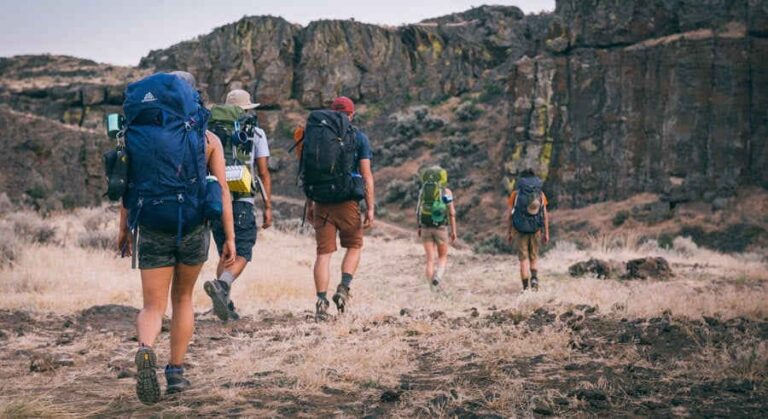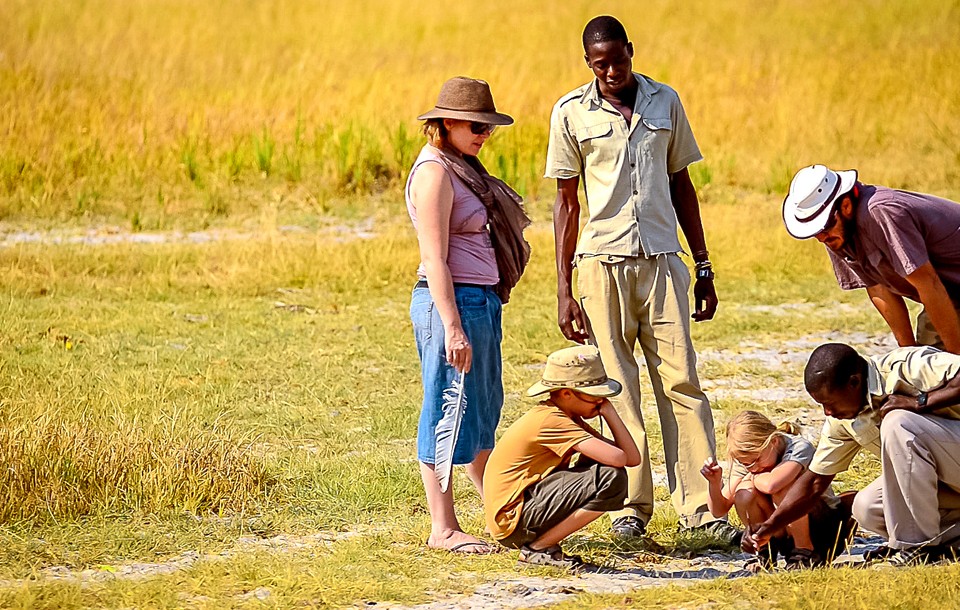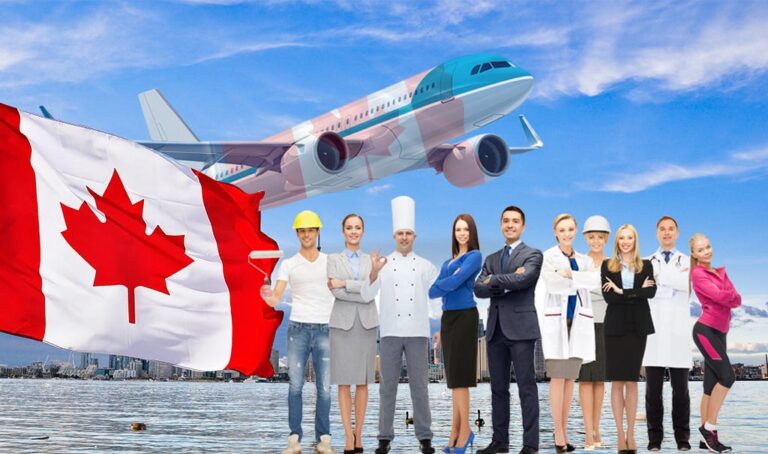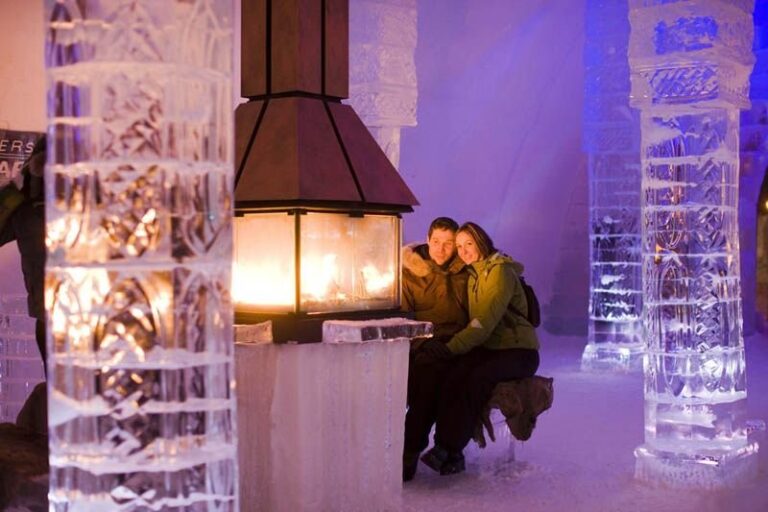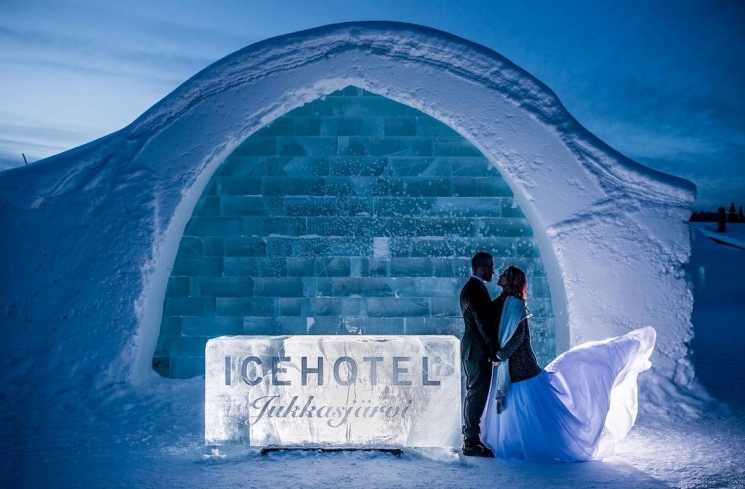Introduction: Why Your Travel Choices Matter — and How You Benefit
You want to explore the world without harming it. You want adventure, refreshment, and meaning—with mindful impact.

Eco-friendly travel in 2025 gives you:
- Cleaner air and water to enjoy firsthand
- Stronger connections with communities and nature
- Peace of mind knowing your travel supports conservation
Let’s dive into sustainable travel opportunities, green destinations, and practical tips that help you explore responsibly and intentionally.
What Makes a Destination “Green” in 2025?
To travel responsibly, you want to look for:
- Destinations powered by renewable energy
- Conservation projects and community-driven tours
- Eco-lodges certified by credible organizations
- Immersive, low-impact experiences that support locals
Here’s a trusted source explaining how to travel sustainably and what changes to expect in 2025—including eco-volunteering, renewable energy tourism, and farm-to-table culinary experiences. (Eye of She)
Best Eco-Friendly Travel Destinations in 2025
These are some of the top-rated destinations offering powerful, green experiences in 2025:
- Costa Rica – Nearly 99% renewable energy, lush rainforests, eco-lodges like Lapa Rios support local conservation. (impt.io, Wikipedia)
- Bhutan – Limits tourist numbers, champions “Gross National Happiness”, reinforces cultural and environmental balance. (impt.io)
- Palau – Ocean conservation leader; travelers enjoy eco-friendly marine tours and a shark sanctuary. (impt.io)
- The Azores, Portugal – Volcanic landscapes, eco-tours on volcanic trails, strong sustainable tourism focus. (impt.io)
- Stockholm Archipelago, Sweden – 30,000 islands, eco-conscious connection via ferry and hiking trails. (impt.io)
- Ghana – Rich culture meets conservation; eco-villages emphasize community and ecological richness. (impt.io)
- Helsinki, Finland – Top city for sustainability: walkable, green-certified hotels, urban ecotourism. (Travel Agent Central, SafeTrip)
- Bawah Reserve, Indonesia – Remote island powered by solar microgrid, sustainable food gardens, local staff. (Vogue)
At-a-Glance Comparison Table
| Destination | Eco-Highlight | Experience Highlights |
|---|---|---|
| Costa Rica | 99% renewable energy, eco-lodges | Rainforest hikes, wildlife watching, conservation |
| Bhutan | Tourist limits, cultural sustainability | Peaceful treks, spiritual immersion |
| Palau | Marine conservation, shark sanctuary | Snorkeling, marine preservation tours |
| The Azores | Volcanic landscapes, eco-tours | Hiking, geothermal sites, whale watching |
| Stockholm Archipelago | Island trails, public ferry network | Sustainable exploration of Nordic nature |
| Ghana | Eco-villages, cultural richness | Local craft visits, heritage stays |
| Helsinki | Green space, walkable, certified hotels | Urban green tours, sauna culture, biking paths |
| Bawah Reserve (Indonesia) | Solar microgrid, permaculture gardens | Island retreats, eco-luxury, beach conservation |
Brave New Trends in Sustainable Travel for 2025
You want travel that’s thoughtful and impactful—here’s what’s trending now:
- Eco-volunteering: Participate in conservation projects, farm work, or wildlife research. (Eye of She)
- Renewable energy tourism: Visit hydro-power in Bhutan or wind farms in Denmark to learn sustainability firsthand. (Eye of She)
- Ethical community tours:
- In Ghana, try batik-making workshops that empower women.
- In Kyrgyzstan, enjoy homestays along the Silk Road with local families. (The Guardian)
- Green cruise excursions:
- Help with coral surveys on the Great Barrier Reef.
- Join beach clean-ups in Svalbard.(Daily Telegraph)
- Off-grid retreats:
- In Sharjah, solar-powered trailers in the desert with no Wi-Fi or artificial lights—perfect for a digital detox. (The Times of India)
Tour Operators Leading the Pack in Sustainability
If you want booking ease with real eco-credentials, check these:
- Gondwana Ecotours – Carbon-neutral, small-group cultural and wildlife tours (Amazon, East Africa, Alaska), supports local guide partnerships and community projects. (Wikipedia)
How You Can Travel Sustainably—and Better
Here’s how to make every trip count:
- Choose less-traveled destinations to reduce overcrowding and deepen your experience. (helewaiecotours.com)
- Travel slower—linger longer, reduce emissions, connect more deeply. (helewaiecotours.com)
- Pick eco-friendly transport like trains, biking or walking. They cut emissions dramatically—up to 86% less than flights. (helewaiecotours.com)
- Offset unavoidable emissions through trusted platforms (e.g. Gold Standard, airline programs). (helewaiecotours.com)
- Support local economies—eat, shop, and stay with community businesses. (helewaiecotours.com)
- Avoid single-use plastics—pack reusable items and reduce waste. (helewaiecotours.com)
- Respect wildlife—say no to exploitative experiences; choose ethical wildlife tours instead. (helewaiecotours.com)
FAQs: You Ask, We Answer
Q: What is the most sustainable travel trend in 2025?
A: Eco-volunteering and renewable energy tourism rank high—people love meaningful, hands-on experiences that benefit local landscapes and communities.(Eye of She)
Q: Which city shines brightest for sustainable travel in 2025?
A: Helsinki, Finland—ranked the best global city overall for sustainability with 17% green-certified hotels and top-tier walkability.(Travel Agent Central)
Q: Can I truly go off the grid and still travel comfortably?
A: Absolutely! Take Sharjah’s new solar-powered trailers with no Wi-Fi or lights—they offer peaceful, eco-inspired retreats.(The Times of India)
Q: How do I pick a tour operator that’s actually sustainable?
A: Look for carbon-neutral companies like Gondwana Ecotours, small-group formats, local partnerships, and transparency about eco-practices.(Wikipedia)
Final Thoughts: Start Your Green Journey Today
You now have a clear road map:
- Choose destinations that align with your values
- Focus on slow, meaningful travel
- Engage in community, conservation, and culture
- Let your dollars support green initiatives and local economies
Every eco-conscious decision you make helps preserve these places—for you and for future travelers. Now go—explore green, travel intentionally, and leave your mark on the world in a way that truly matters.
Let me know if you’d like to tailor this post to a specific region or add more localized green tips!
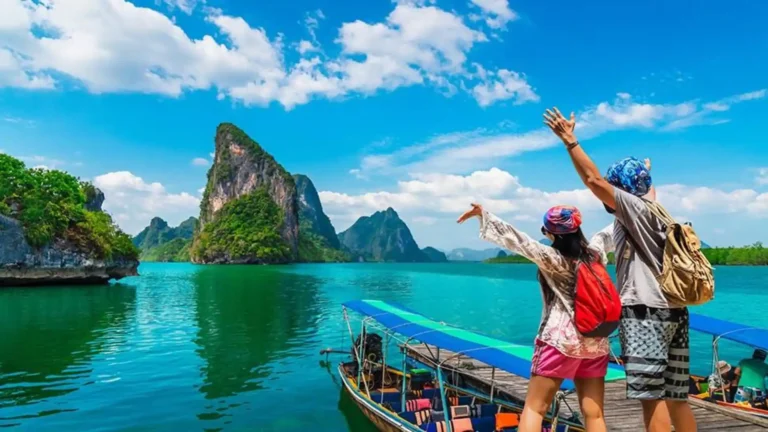
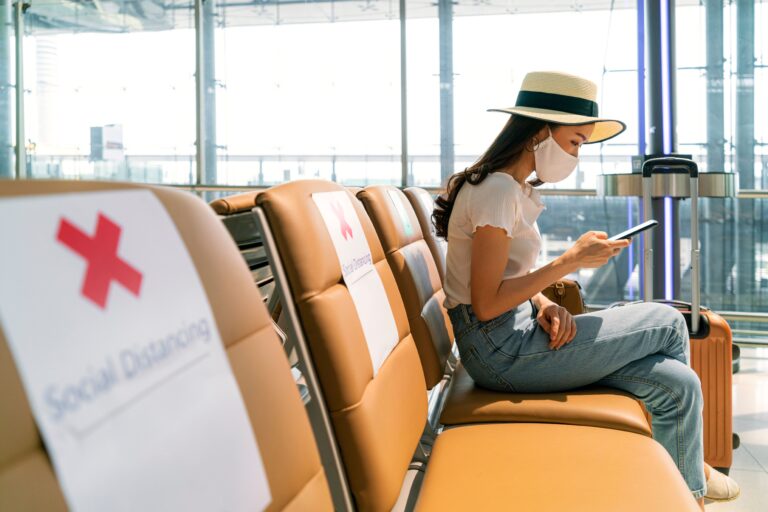
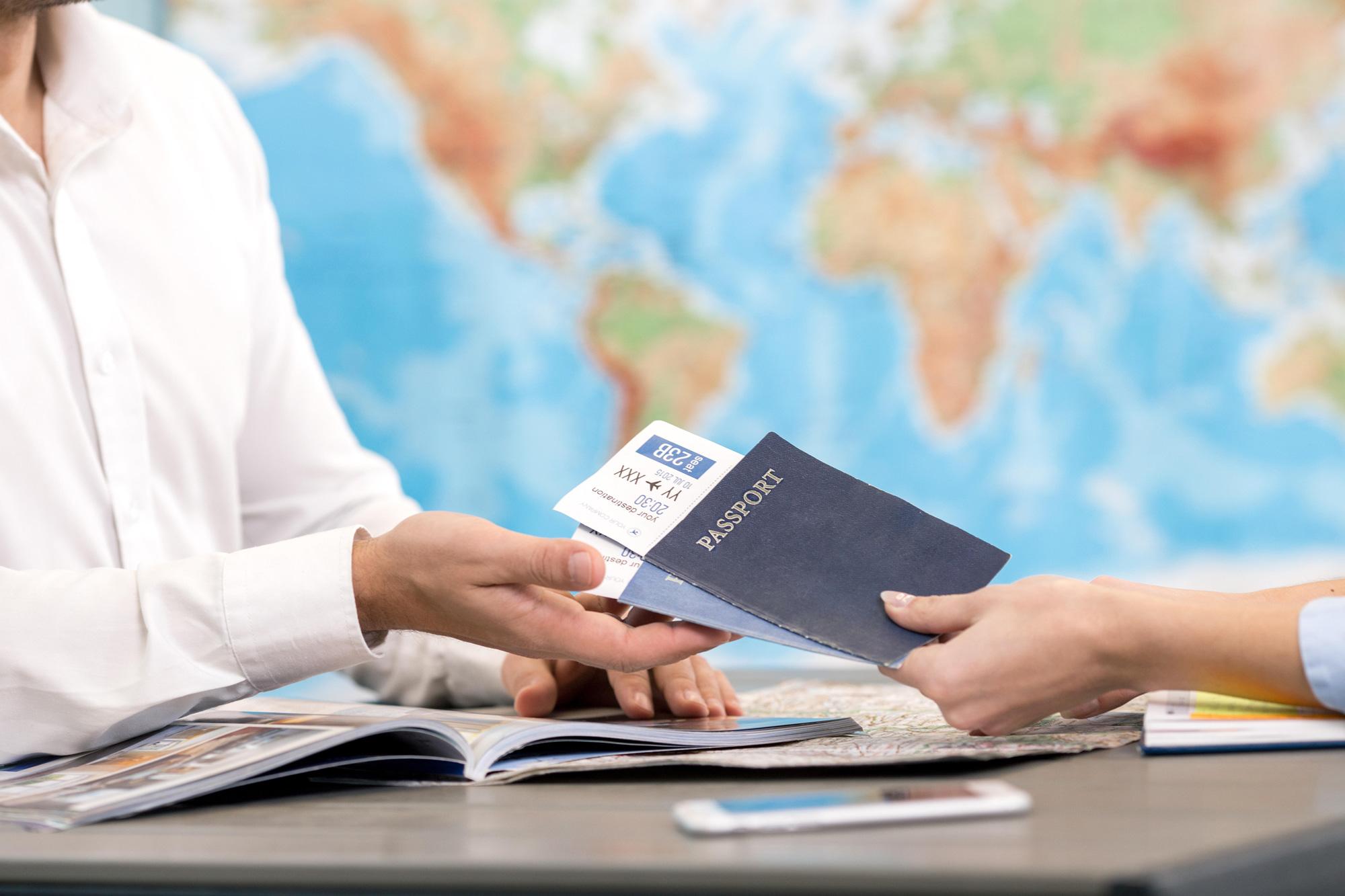 SZA
SZA
